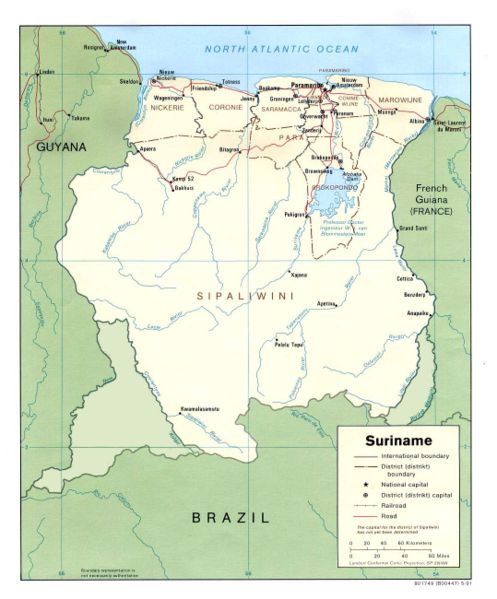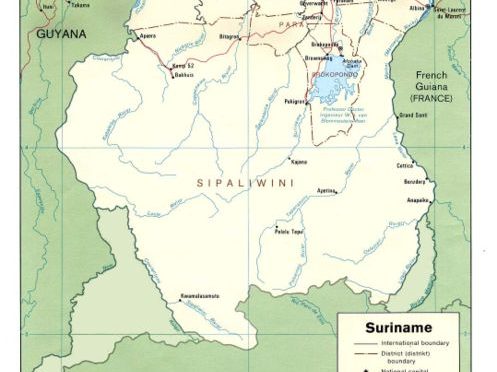Suriname, a small South American country located on the northeastern Atlantic coast, is rich in natural resources and biodiversity. With a population of just over 600,000, it is the smallest country in South America. However, its energy market holds significant potential for growth and diversification, particularly in the area of wind power development.
Currently, Suriname’s energy sector is heavily reliant on fossil fuels, with approximately 80% of its electricity generation coming from diesel and heavy fuel oil. This dependence on imported fuels has led to high electricity costs and increased vulnerability to fluctuations in global oil prices. Moreover, the country’s energy infrastructure is aging and in need of significant investment to meet the growing demand for electricity.
In recent years, Suriname has begun to explore the potential of renewable energy sources to diversify its energy mix and reduce its reliance on fossil fuels. The country’s abundant sunshine, rivers, and coastline offer ample opportunities for the development of solar, hydro, and wind power projects. In particular, wind power has emerged as a promising option for Suriname, given its favorable wind conditions and the declining costs of wind energy technology.
Suriname’s coastal location provides it with a consistent and strong wind resource, particularly in the eastern part of the country. According to a study conducted by the Inter-American Development Bank (IDB), Suriname has the potential to generate up to 1,000 MW of wind power, which is more than double its current installed capacity of approximately 400 MW. This potential is largely untapped, with only a few small-scale wind turbines currently in operation.
The development of wind power in Suriname could have significant economic and environmental benefits. By harnessing its wind resources, the country could reduce its dependence on imported fuels, lower electricity costs, and decrease greenhouse gas emissions. Additionally, the expansion of the wind power sector could create new job opportunities and stimulate investment in local industries.

There are several factors that make Suriname an attractive destination for wind power investment. First, the country has a stable political environment and a supportive regulatory framework for renewable energy development. In 2017, the government of Suriname approved a National Energy Plan, which aims to increase the share of renewable energy in the country’s energy mix to 47% by 2027. This ambitious target signals the government’s commitment to fostering the growth of the renewable energy sector.
Second, the cost of wind energy technology has declined significantly in recent years, making it more competitive with traditional fossil fuel-based power generation. The levelized cost of electricity (LCOE) for wind power has decreased by nearly 70% since 2009, according to the International Renewable Energy Agency (IRENA). This trend is expected to continue as technological advancements and economies of scale drive down the costs of wind turbines and other equipment.
Finally, Suriname has the potential to access international financing and technical assistance for wind power projects. Several multilateral organizations, such as the IDB and the Caribbean Development Bank, have expressed interest in supporting renewable energy development in the region. Additionally, Suriname is a member of the Caribbean Community (CARICOM), which has established a regional sustainable energy strategy that promotes cooperation and knowledge-sharing among member countries.
Despite these favorable conditions, there are challenges that must be addressed to unlock Suriname’s wind power potential. These include the need for investment in grid infrastructure, the development of a skilled workforce, and the establishment of a clear and transparent regulatory framework for renewable energy projects.
In conclusion, Suriname’s energy market holds significant potential for wind power development. By tapping into its abundant wind resources, the country can diversify its energy mix, reduce its reliance on fossil fuels, and contribute to global efforts to combat climate change. With the right policies and investments in place, Suriname could become a regional leader in renewable energy and a model for sustainable development in the Caribbean and beyond.


